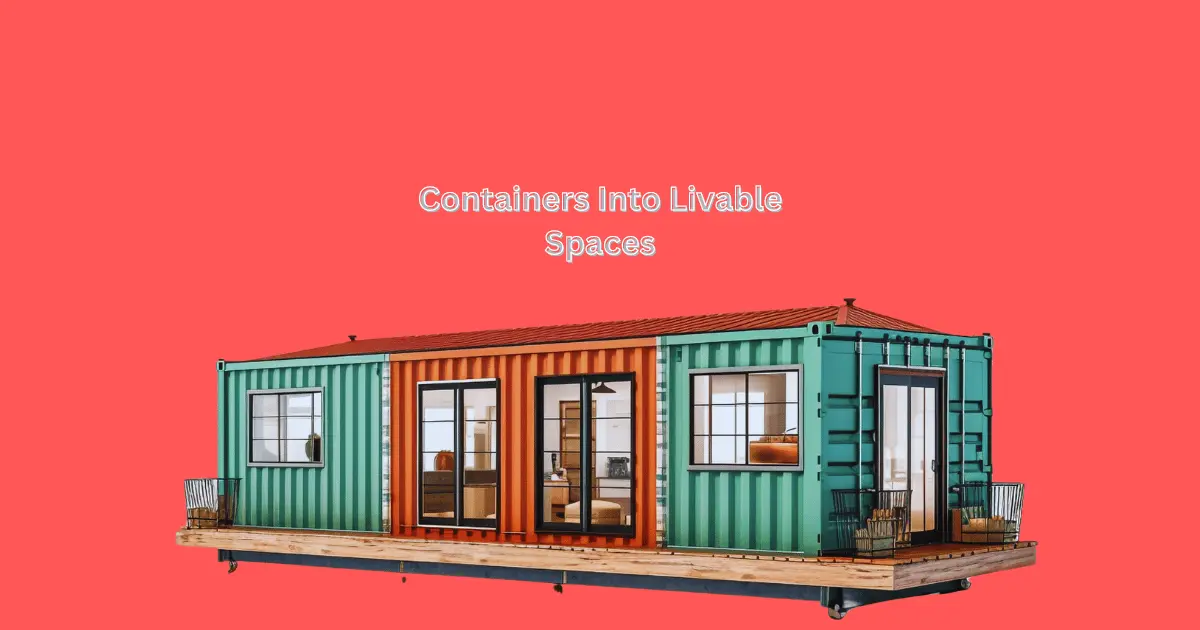Do you agree that transforming shipping containers into livable spaces involves innovation and design? I believe you do. Yet, beneath the surface lies complex fabrication challenges. Maintaining structural integrity is crucial while modifying shipping containers. This is possible with precise fabrication work.
With this, it is important to understand the underlying fabrication challenges in transforming shipping containers into safe and habitable structures. Join me as we explore the hidden fabrication challenges behind this transformational process.
Fabrication Challenges Involved in Transforming Shipping Containers into Livable Spaces
While you attempt to modify shipping containers into living spaces, below are the fabrication challenges you need to address in order to maintain the structural integrity of the container.
- Load Distribution: Cutting openings into a container changes its load distribution pattern. Fabricators need to redistribute this weight by adding structural support in strategic places so that the container is in balance and doesn’t get stressed in ways it wasn’t designed for.
- Structural Integrity: Shipping container design varies from that used for habitable spaces. Shipping containers are designed in such a way that they stack and carry weight efficiently. Cutting doors and window openings can affect these containers’ strength and durability. Fabricators need to figure out how to reinforce these modified areas without compromising structural integrity.
- Weatherproofing and insulation: Because shipping containers are made of metal, weather conditions can make them extremely hot or cold. Adding insulation to ensure the container is appropriately sealed from rain and wind is a significant challenge.
- Ventilation and Air Quality: Ensuring proper airflow and air quality is another significant challenge in transforming shipping containers into habitable spaces. Fabricators need to design effective ventilation systems that work best within the limited space available.
- Foundation and Support: Placing these containers on various surfaces is yet another challenge. They need specific foundations to sit on safely, especially if placed on uneven ground.
- Regulations and Standards: Transforming shipping containers into living spaces involves abiding by building codes and regulations. Ensuring the safety standards and regulations for these transformed spaces can be a complex task.
How to Address These Fabrication Challenges?
Addressing these challenges involved in modifications of shipping containers requires systematic approach:
- Structural Analysis: Before transforming shipping containers into habitable spaces, fabricators conduct a detailed assessment of the container’s original structure by analyzing load-bearing capacity, stress factors and how modifications might impact overall stability.
- Modification Planning: Fabricators craft precise plans before making any cuts or container alterations. Plans should outline areas where openings will be added and how to reinforce these areas without affecting the container’s structural integrity.
- Strategic Reinforcements: Fabricators strategically reinforce the container to compensate for structural changes caused by openings by adding steel beams, braces, or additional metal plates in order to maintain strength in modified areas.
- Mindful Load Distribution: Fabricators redistribute load-bearing capacity of the container to accommodate modifications, ensuring proper weight distribution. Thus, preventing imbalances and excessive stress on specific areas.
- Innovative Insulation and Weatherproofing: Specialized insulation materials and weatherproofing techniques are employed to regulate temperature and safeguard the container against weather conditions.
- Thoughtful Ventilation Systems: Fabricators design efficient ventilation systems specific to the container’s limited space, ensuring proper airflow, maintaining air quality while accommodating structural constraints.
- Strategic Foundation Design: Fabricators plan suitable foundations depending on the location and use to support the containers safely. This involves concrete footings, piers, or specialized support structures to ensure stability.
- Compliance with Regulations: Fabricators go through building codes and standards, ensuring that modifications comply with safety regulations and guidelines. This involves staying updated on local construction codes and making necessary adjustments to meet compliance.
Conclusion
Transforming shipping containers into living spaces is a challenging job for fabricators. They need to be very careful not to impact the structural integrity of the container while adding, cutting, or altering structures. For fabricators, it’s like rebuilding a puzzle, they reinforce weak areas, balance weight by evenly distributing the load, and make sure it’s safe from weather conditions, while following the rules and regulations.

